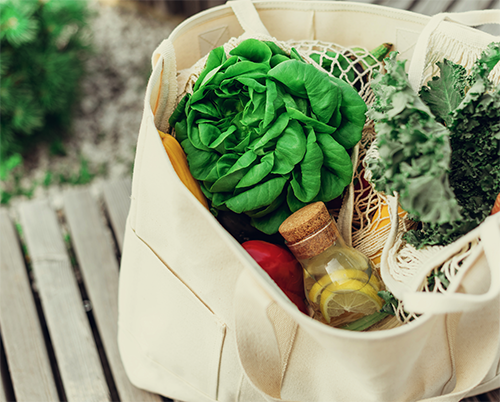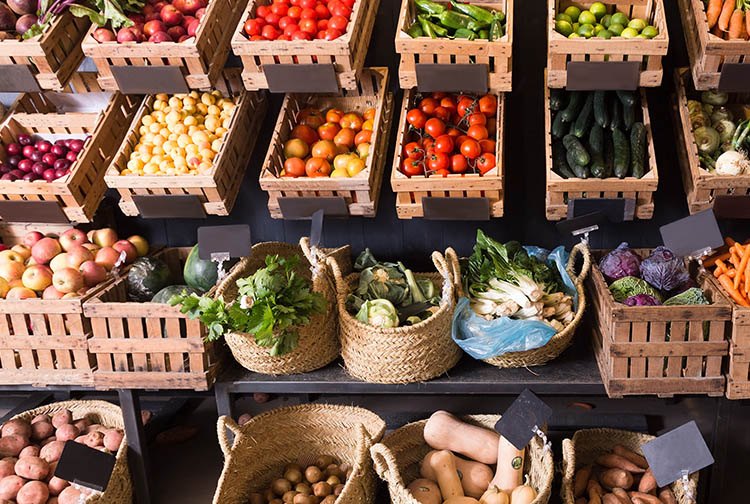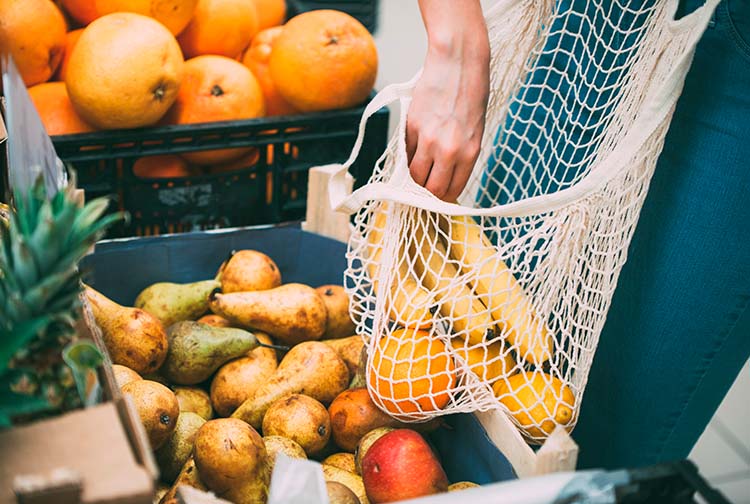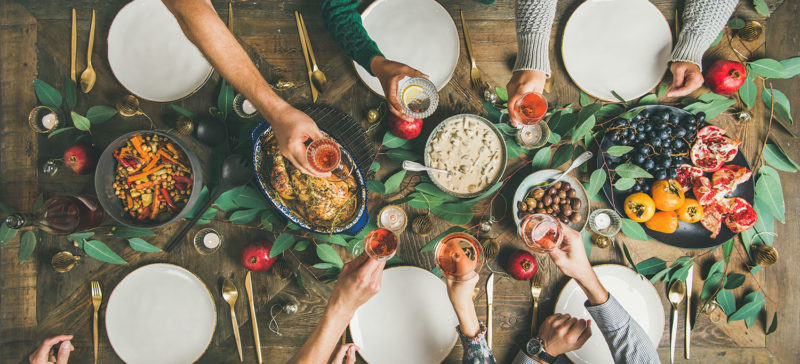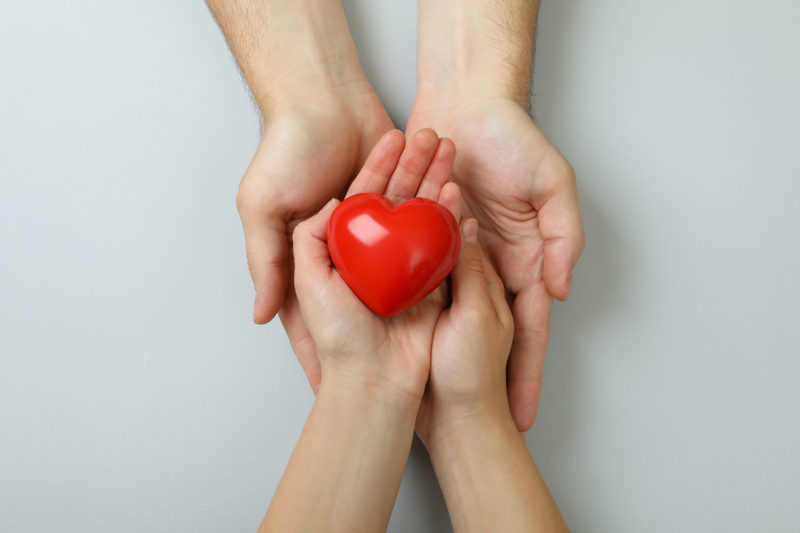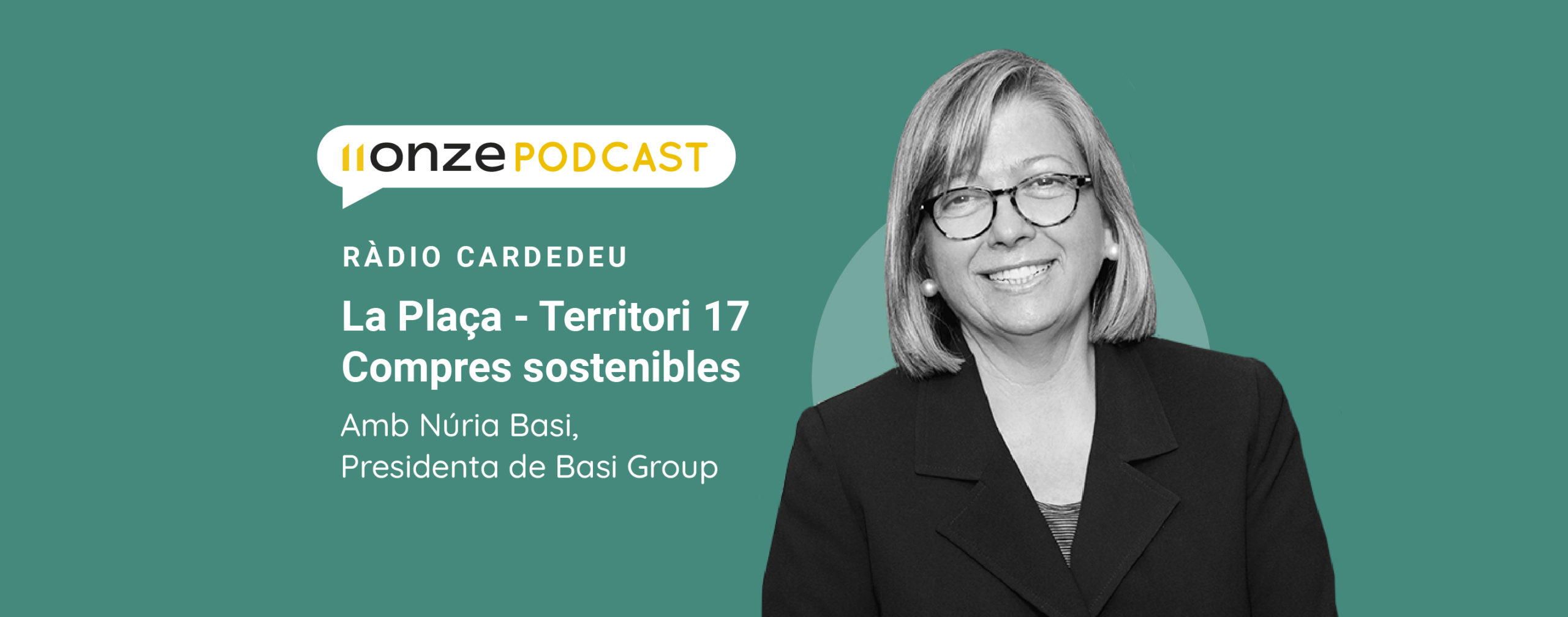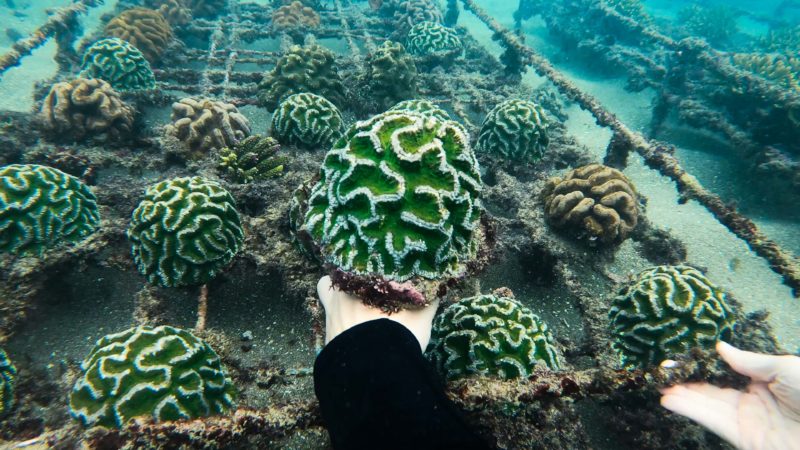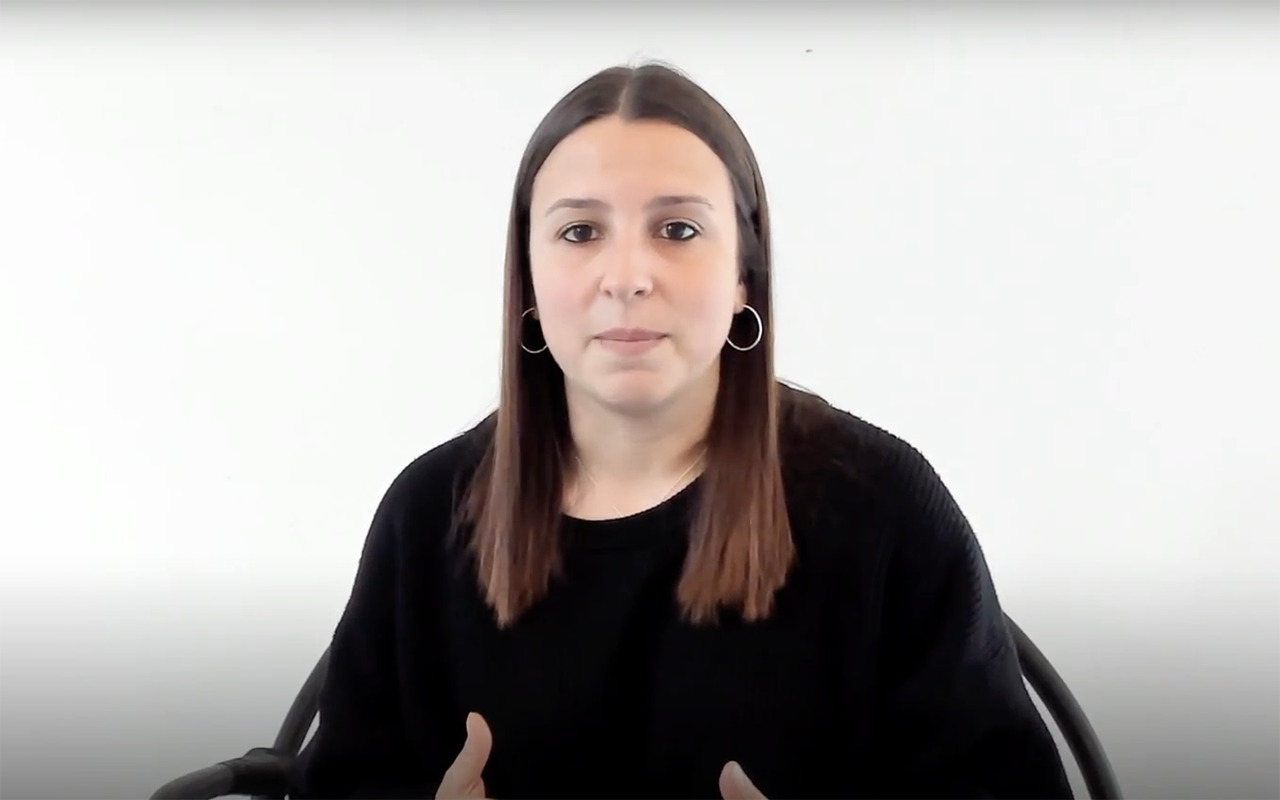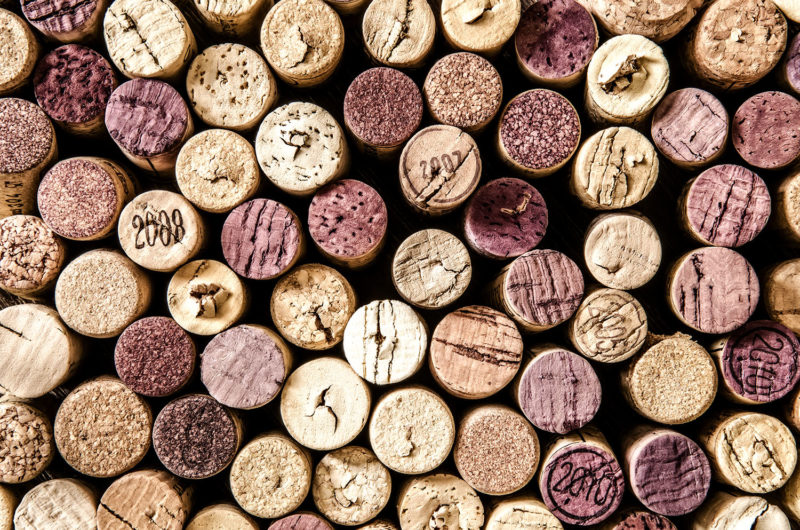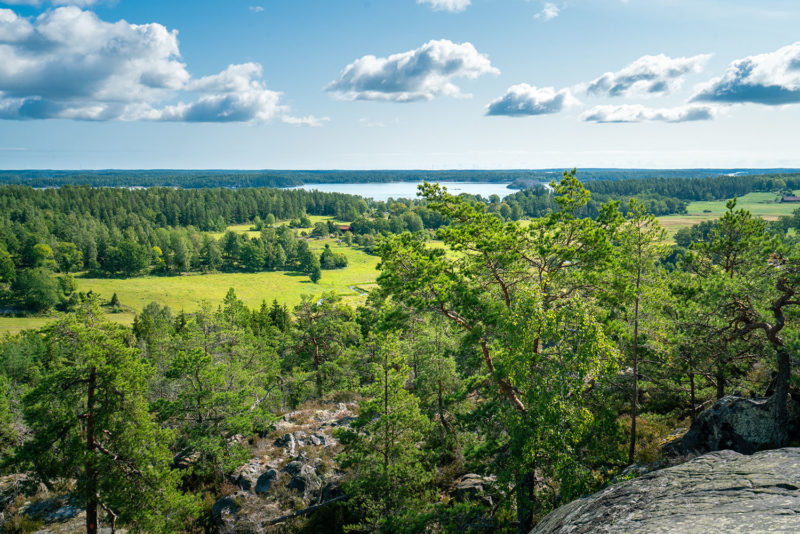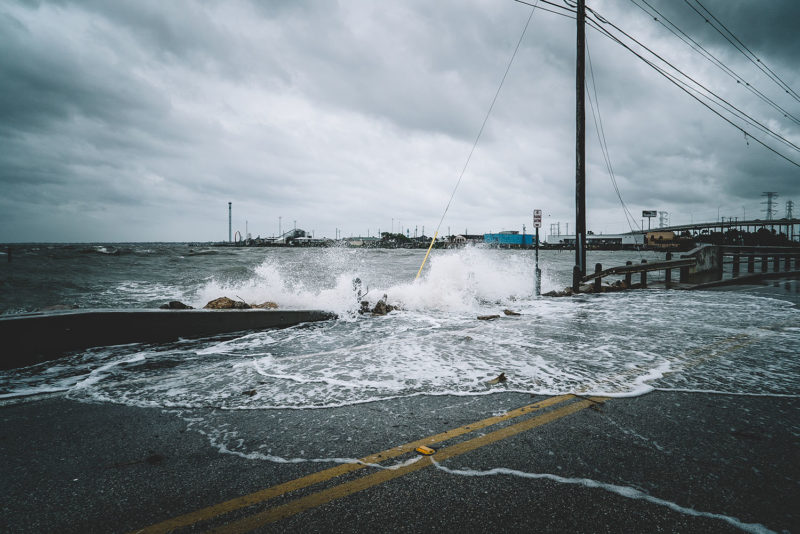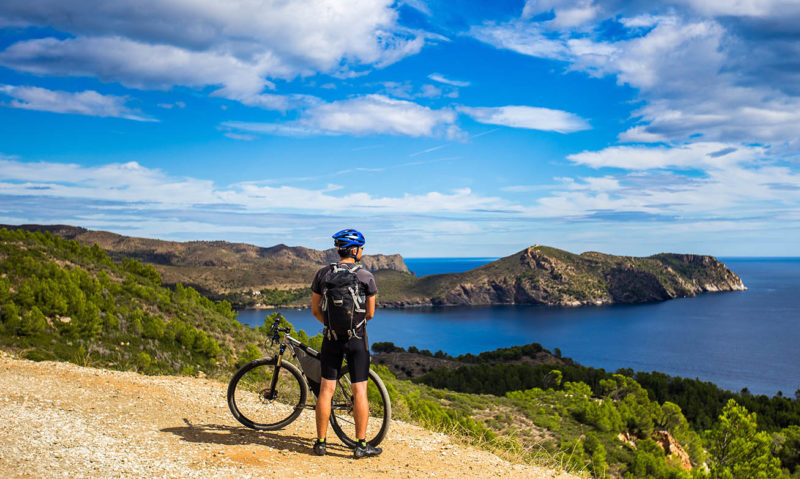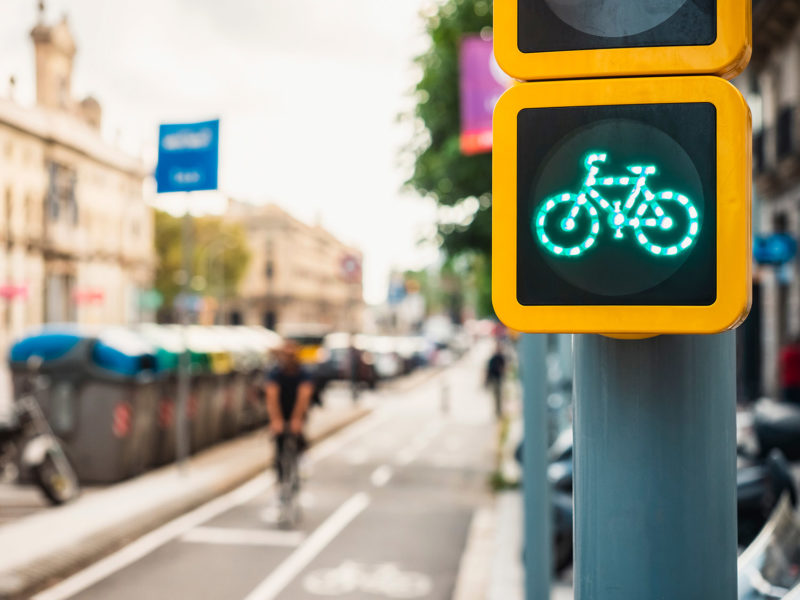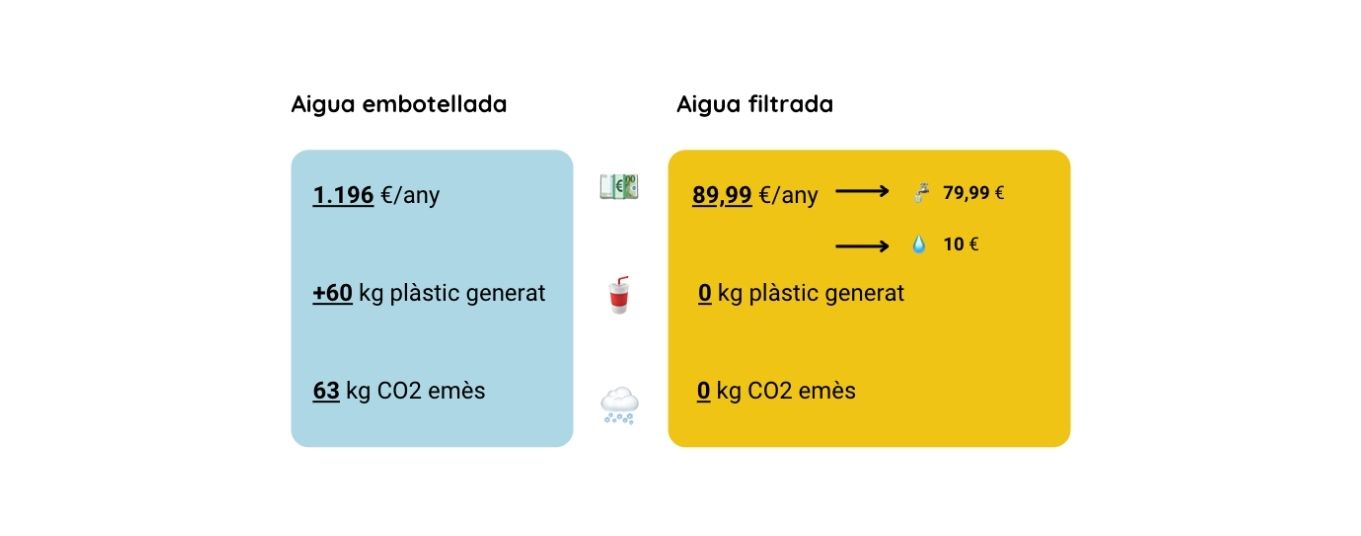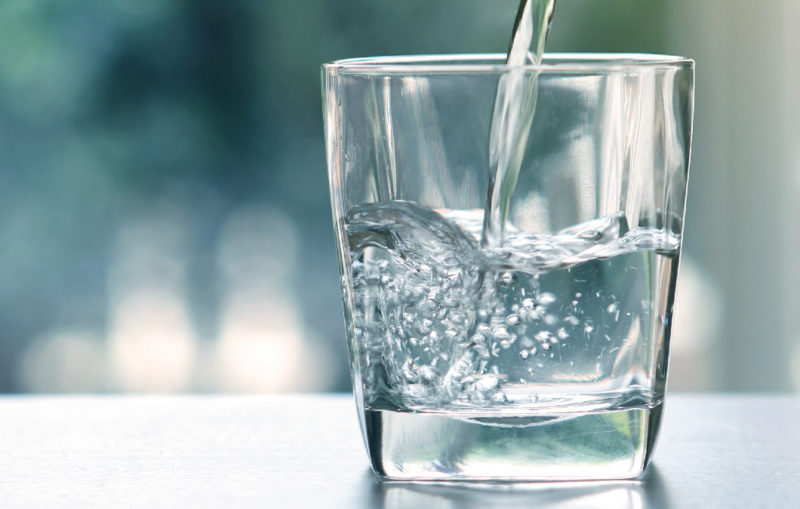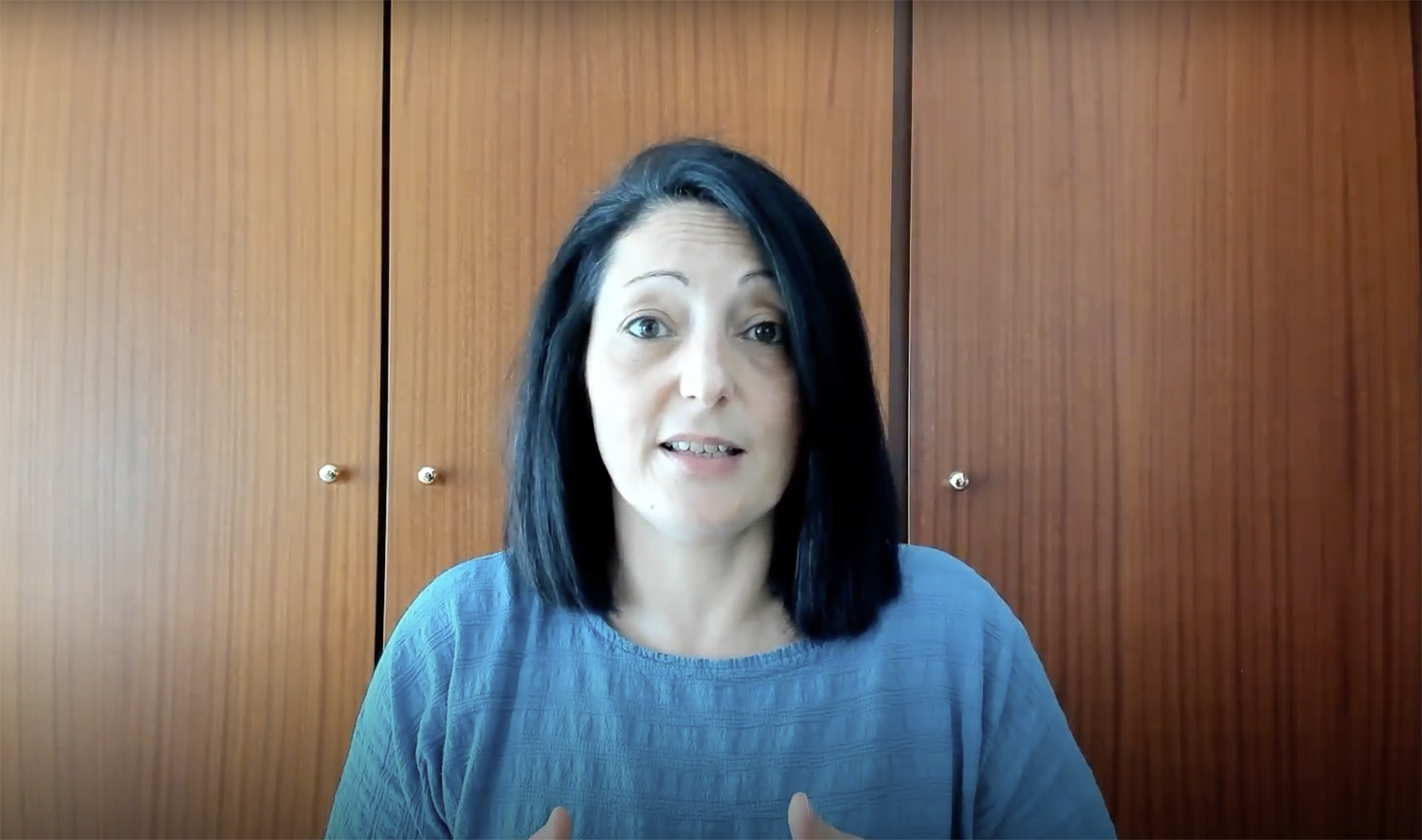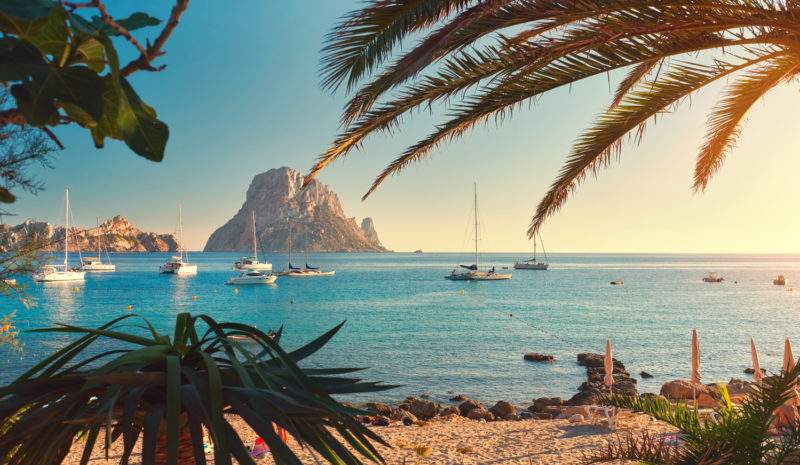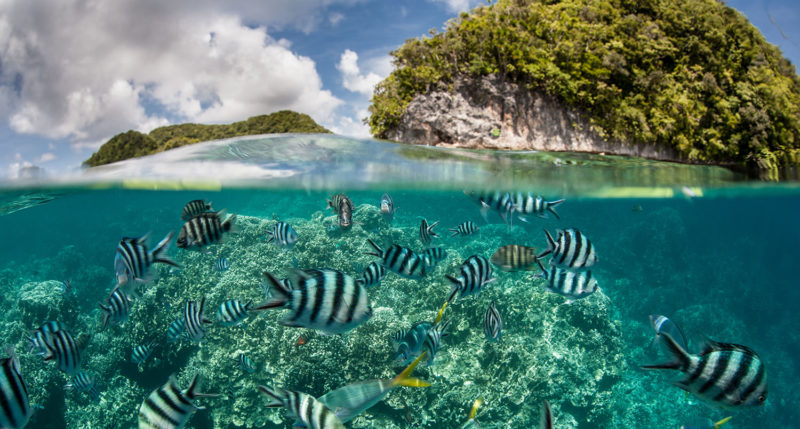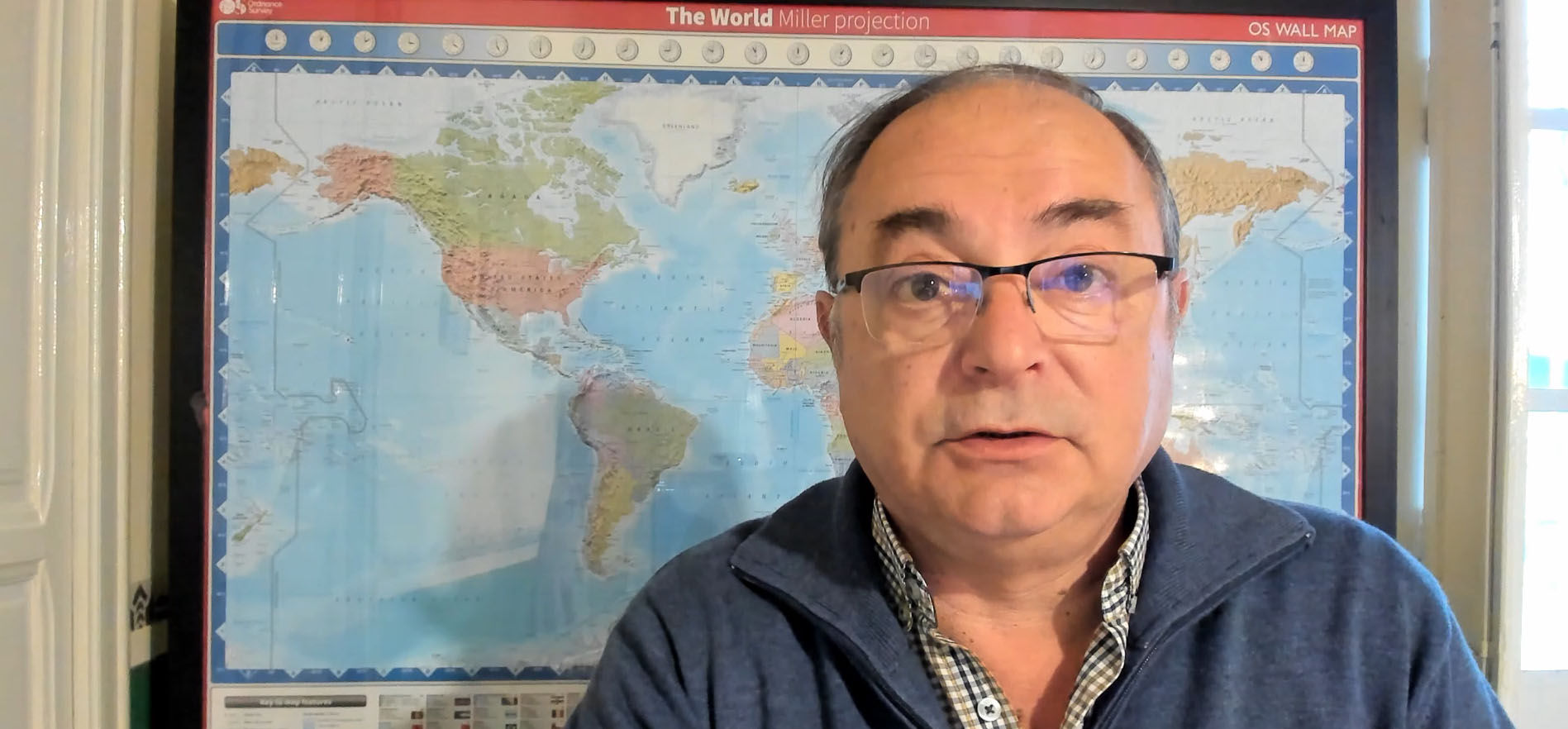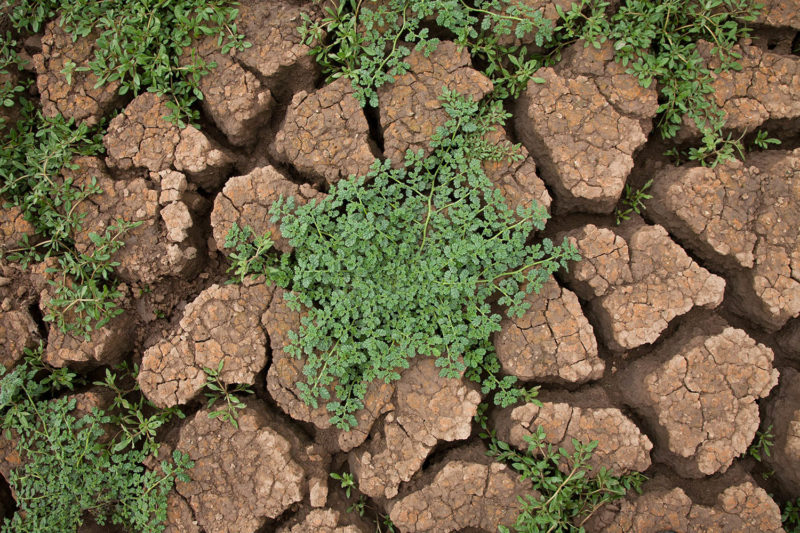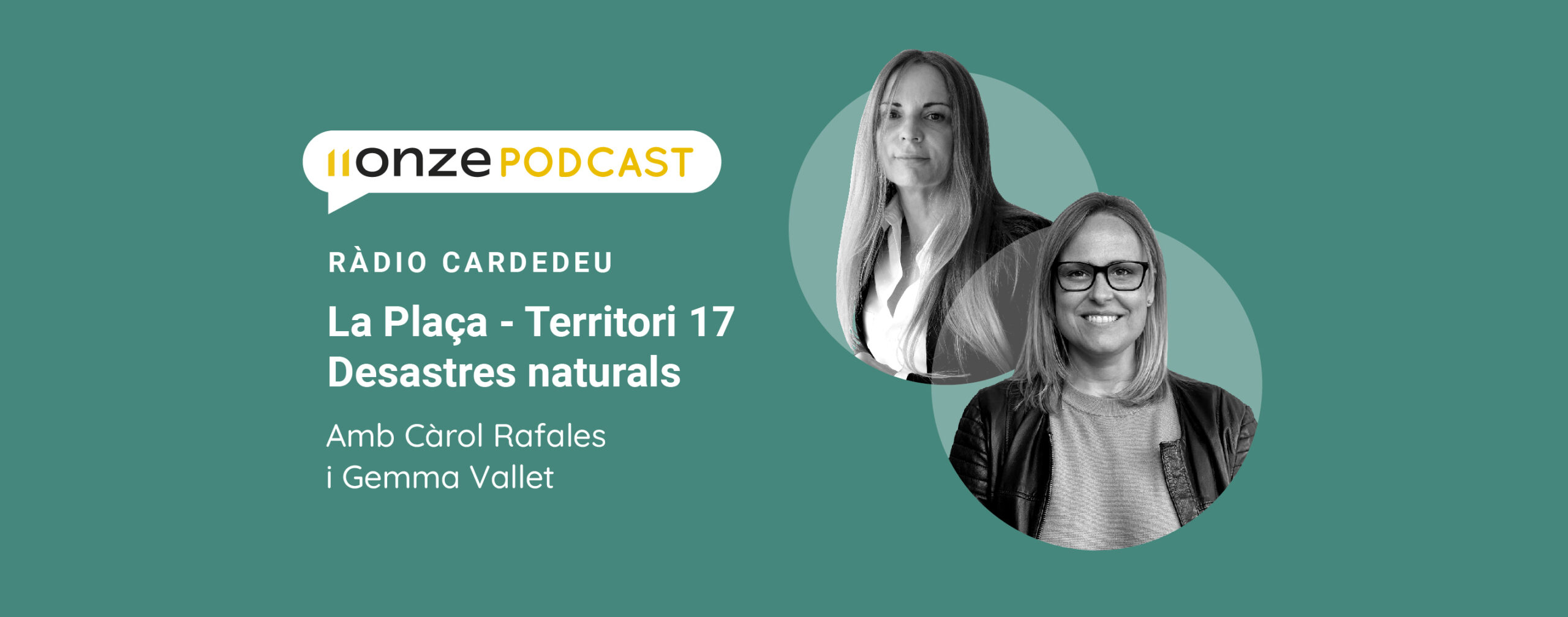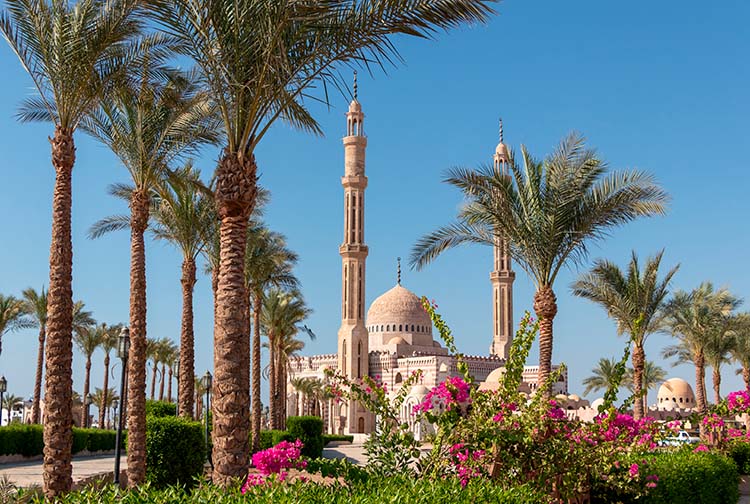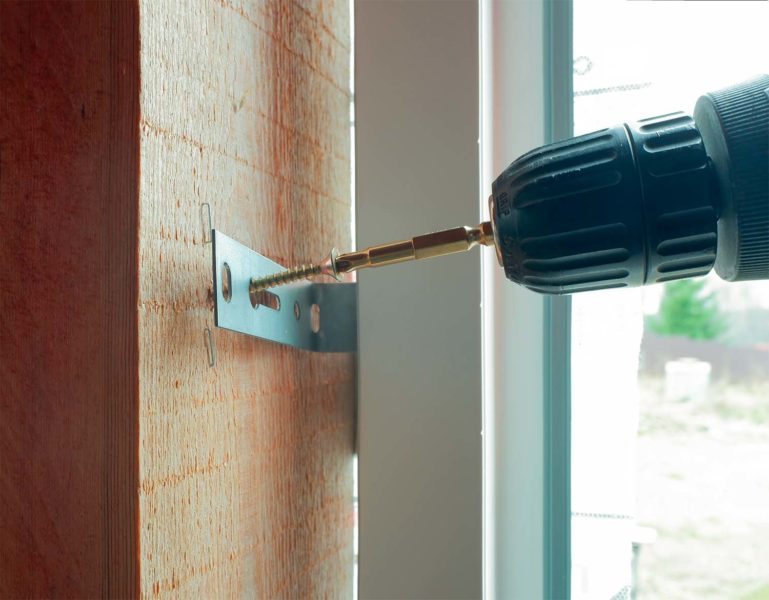Learn to cook, learn to repurpose
Throughout 2019, 931 million tons of food went to landfill. 11Onze wants to give you some tips to repurpose leftover food cooked at home, always taking into account that, wherever in the world it is cooked, the important thing is to learn to cook repurposing each of the ingredients.
We are all aware of the amount of food that will end up in the rubbish, whether at the same point of sale of the products, in restaurants, or at home. According to the food waste report made this year by the United Nations Environment Program (UNEP) together with WRAP, it is estimated that, during 2019, 931 million tons of food was wasted worldwide. The report also states that 11% of waste comes from households, and that, on a global scale, 74 kg of food is thrown away by each household throughout the year. With this amount of food ending up in the rubbish of every household in the world, 11Onze wants to give you some tips on how to repurpose leftover food at home.
Every year, more than 70 kg of food is thrown away in every home in the world
There are thousands of recipes with all kinds of ingredients, thanks to which, with a little imagination, we can repurpose the leftovers of each cooked dish with a few advices that adapt to all kinds of cuisines, because each country has its own cuisine, but we have to know how to repurpose the leftovers of each recipe.
If the dish we cook consists of meat or fish, any recipe will be useful for making good pies, croquettes, or even stuffed aubergines or peppers. If we cook potatoes and we have leftovers, we can use them to make an omelette, an Olivier salad or, for example, a stew. It’s also convenient, when we cook rice, if we make more than needed, to leave it aside without the sauce or the ingredients we want to put in it, so that we can use it for other recipes.
To preserve bread better, as our grandmothers used to do, it is good to keep it covered with a damp cloth: this way, it will not dry so soon. However, if it dries, it can be used to make soups or toasts, or for salads.
It will also be very useful, if we have eggs about to expire, to boil them and use them for soups or salads, or mix them with meat or fish recipes.
And most importantly, let’s not forget to repurpose the fruit that is about to spoil: we can use it to make fruit salads, smoothies, jams, or cakes. In conclusion: the important thing is to reduce the amount of food we end up throwing in the rubbish.
Law against food waste
The volume of food waste in the world is so big and so worrying that governments have had to push for laws to stop it. And, in this sense, the 3/2020 Law of March 11 on prevention of food loss and waste was approved in 2020 in Catalonia. Apart from that, there are different mobile applications where supermarkets and restaurants sell leftover food of the day at very low prices, such as the Too Good To Go app.
There is a lot of work to be done so that food does not end up in the rubbish of every town and city on the planet. 11Onze wants to do its little bit with these tips, wishing that in the very near future, we all act with greater awareness and responsibility against food waste.
11Onze is the community fintech of Catalonia. Open an account by downloading the super app El Canut for Android or iOS and join the revolution!
If you liked this article, we recommend you read:
Has sentit mai l’expressió “Va més guarnit que un arbre de Nadal”? Quan arriben les festes nadalenques, sembla que tot canvia d’aspecte. Els carrers, les botigues, els monuments, les places i les cases s’omplen de decoracions diverses. Però ens hem parat a pensar si tot aquest ritual pot ser una mica més sostenible?
Arbres, cintes, boles, mitjons, llums, figuretes, garlandes, canelobres… Cada any, a principis de desembre, llums i colors s’escampen arreu de la geografia dels països que celebren Nadal. L’encesa dels llums en espais públics s’ha convertit en un ritual social, però també és un ritual per moltes llars dedicar un temps a decorar espais amb elements nadalencs.
Encara que el plàstic continua liderant el material amb el qual estan fetes les decoracions nadalenques, els darrers anys el model de societat d’un sol ús sembla que es comença a posar en dubte. És amb aquesta exigència que els elements naturals cada vegada són més presents a les fires i són una bona alternativa.
Els elements naturals, a més, un cop acabades les festes, són 100% compostables i es descomponen en un espai curt de temps. D’altra banda, si a les moltíssimes fires que hi ha al país no trobes el que busques, sempre hi ha l’opció de fer-los tu mateix, amb el que tens per casa i t’ofereix la natura. Amb una mica d’imaginació s’aconsegueixen fer ornaments únics!
Arbre, garlandes i boles, ‘Do it yourself’
Si bé és cert que tenir un arbre de Nadal artificial, que es pot guardar i tornar a col·locar l’any següent, algú ho pot considerar una pràctica sostenible, perquè el reutilitzes, també és cert que acostuma a ser de plàstic, i, per tant, tardarà uns 400 anys a descompondre’s. D’altra banda, solen ser fabricats a l’altra punta del món i el seu transport ja suposa una petjada de carboni important.
Atenent tots aquests punts, els arbres de Nadal naturals són una de les opcions a tenir en compte. La seva venda està regulada, són de proximitat i els ajuntaments acostumen a fer una recollida passades les festes. La majoria els reciclen, convertint-los en algunes ocasions en compostatge. Una altra alternativa és fer ús de la imaginació i fer un arbre de Nadal amb materials naturals com ara fustes, cordes, palets, cintes, etc.
El mateix passa amb les garlandes i les boles de decoració dels arbres. Acostumen a fer-se amb material plastificat. Tenim alternatives més naturals, com les boles i garlandes fetes amb roba, llana, fruita natural (amb pells de taronja i llimona assecades, que a més aromatitzen l’ambient). A internet trobareu molts tutorials de com fer-ne.
Corones i centres de taula
Les corones de Nadal que es pengen a la porta també poden ser fetes per un mateix. Amb filferro, ferments, cartó, podem fer la circumferència que després podem cobrir amb pinyes, peles de cítrics seques, glans, nous, branquillons d’avet, boles i cors de feltre, de roba, de paper, etc. Podem pintar o no els diferents elements amb colors daurats, coure, vermell i platejat; i posar-hi cintes de colors, com ara blaves, vermelles, daurades i platejades.
Nadal és temps de trobada. Els àpats són un dels moments més rellevants de les festes. Els dinars de Nadal i Sant Esteve, el sopar de Cap d’Any i el dia de Reis són ocasions que requereixen una atenció especial en el parament de la taula.
En ocasions especials, una vegada més, tenir cura dels detalls és important i fer servir vaixella i coberteria d’un sol ús ens pot alleugerir la feina, però també ens suposa fer un munt de deixalles i que l’ocasió perdi glamur: el menjar no té el mateix gust si se serveix amb plat de paper que amb vaixella de porcellana; i tampoc tastarem igual el vi, ni l’aigua.
Així que, si podem, sempre és millor fer servir coberts de metall, vaixella de ceràmica o porcellana i copes i gots de vidre o cristall. Una bona vaixella, també es mereix unes bones tovalles i tovallons i, si són de cotó o lli, millor que de paper o plastificades. I, per donar a la taula un toc personal, es pot decorar el centre fent un camí amb branquetes d’avet natural i espelmes que no siguin perfumades, pinyes, fruits secs, etc. Res de centres alts, que ens privarien de veure el convidat del davant!
Embolcalls de regals: la ‘furoshiki’
Cadascú de nosaltres, segons dades de l’Idescat, generem 1,44 quilos de deixalles diàries. Per Nadal, els residus generats per la ciutadania augmenten un 3%, segons dades de l’Agència de Residus de Catalunya. Les restes de menjar, de vidre i de paper i cartó són les que augmenten més. Per això, és important calcular bé les quantitats de menjar i pensar bé els regals que es fan. Si els regals són útils o intangibles (entrades a espectacles, concerts, massatges, subscripcions, etc.), el volum de deixalles es redueix.
Els embolcalls dels regals també representen una generació extra de residus. Per això, és crucial ser, també, creatius a l’hora d’embolicar els regals. Hi ha moltes maneres de fer-ho, des de fer ús de paper de revistes i diaris, fins a reutilitzar paper d’altres regals. I, una manera innovadora és fent servir un mètode japonès, conegut com a ‘furoshiki’.
La ‘furoshiki’ és una tela quadrangular tradicional del Japó, que es fa servir per embolicar i transportar objectes, des de roba, ampolles i regals. Vindria a ser com un mocador de fer farcells. El regal és embolcallat amb aquest mocador i el que el rep el pot reutilitzar per embolicar un altre regal. Fins i tot, pot ser que torni a les teves mans embolcallant un regal!
Una altra manera de reduir residus és regalar algun objecte que no fem servir. Per fer l’amic invisible és una bona idea: el que tu no fas servir o no t’agrada li pot agradar a una altra persona. Aconseguir que Nadal, una de les èpoques més consumistes i generadores de residus de l’any, sigui sostenible està, també, a les nostres mans.
11Onze és la fintech comunitària de Catalunya. Obre un compte descarregant la super app El Canut per Android o iOS. Uneix-te a la revolució!
The fashion industry is one of the most polluting industries on the planet. Can it be avoided? Is ‘slow fashion’ a solution? Is it possible to buy in a more sustainable way? The president of BASI Group, Nuria Basi, and the CMO of 11Onze, Gemma Vallet, discuss this in a new Territori 17 of La Xarxa.
One of the great lessons learned from the pandemic is that we can enjoy our shopping while remaining sustainable. But how to do it, in the case of fashion? “Buy wisely, with common sense and a lot of information. The great advantage is that we consumers are the ones who choose what we want to buy,” Basi says. She heads one of the largest fashion distributors on the Iberian peninsula, serving brands such as Armand Basi, Lacoste and Cole Haan.
Functionality, quality, durability, necessity? There are several factors to take into account when choosing the clothes we wear. “As the British fashion designer Vivienne Westwood used to say, buy what you like, wear it and make it last for a long time,” Basi sums up. The BASI Group CEO is a strong advocate of mending clothes and appreciates how past generations took care of their clothing.
“We are mistaken if we think that buying new clothes is cheaper than mending them. We buy it, wear it, get tired of it and throw it away or, at best, recycle it,” she complains. According to Basi, we often have habits that don’t help either: it may seem very practical, but in the long run it is not, such as leaving clothes in the washing machine and not hanging them out until you get home in the evening, or using cleaning products that are not of high quality and that spoil the fabric.
Being consistent, being responsible
“It is very important that products come with a traceability label, so that we know where they were made,” Basi says, who believes that this is an increasingly intense debate in the fashion world. The president of BASI Group also reminds us that sustainability is not only about the quality of the product, but also about all the socio-economic processes through which the clothes are made.
And she exemplifies consistency in purchasing with a concrete case: “If we go into a shop and find that an item of clothing only costs three euros, maybe we should ask ourselves if the entire value chain has been executed with criteria of responsibility,” she says. In the end, as Nuria Basi confirms, it is about producing and consuming much less, but better.
11Onze is becoming a phenomenon as the first Fintech community in Catalonia. Now, it releases the first version of El Canut, the super app of 11Onze, for Android and Apple. El Canut, the first universal account can be opened in Catalan territory.
According to Greenpeace, climate change is the evil of our time and its consequences could be devastating if we do not drastically reduce our dependence on fossil fuels and greenhouse gas emissions. That is why carbon markets are born.
The effects of climate change are already all too perceptible. The global average temperature has risen by 1.1 degrees Celsius since pre-industrial times. According to the World Meteorological Organization (WMO), the period between 2015 and 2019 was the warmest five-year period on record. And sea levels have risen by five millimetres per year between 2014 and 2019. To address this, so-called carbon markets have been created to limit and control greenhouse gas emissions into the atmosphere in the form of carbon dioxide.
The aim of carbon markets is to enable us to reduce emissions at the lowest cost. Those who can take environmental action, at not very high cost, develop them. But they do so in exchange for those who find it more difficult to buy so-called carbon credits, and help finance these sustainable projects. Through this exchange, a more efficient emissions system is achieved.
Carbon markets are thus based on the sale or purchase of so-called carbon credits or greenhouse gas emission reduction certificates. These are documents that entitle the owner to emit a certain amount of carbon dioxide and greenhouse gases.
In other words, if you have a certain number of credits, you are entitled to emit a certain amount of greenhouse gases annually. In general, each of these credits is equivalent to one tonne of carbon dioxide, although, depending on the type of greenhouse gas, a different amount may be stipulated.
Mandatory for rich countries
The carbon market operates in a similar way to other markets where there is a buyer and a seller. On the one hand, the buyer is required to guarantee that it will pay for a certain amount of carbon credits. On the other hand, the seller must guarantee that it will undertake sufficient environmental actions, such as reforestation or sustainable forest management, to underwrite the amount of carbon credits purchased by the buyer.
There are broadly two main types of carbon markets. One is the compliance market, of which the members are rich countries. These countries have a limit on the amount of carbon dioxide emissions they can emit into the atmosphere, thanks to international commitments under the Kyoto Protocol’s framework agreement on climate change.
When these countries exceed this limit, they have to buy carbon credits from the countries that do take action in favour of sustainability and in an accredited manner, to prove that they are reducing the emissions that the first group of countries have not yet stopped emitting.
A commitment signed with carbon credits
The second type of carbon markets are voluntary markets. These markets involve developing countries, but also federations, social organisations, companies or consultants, and their agreements have to be commercial or civil. The actors in this market are committed to the fight against climate change, to the protection of our planet’s forests, and want to take a leading role in the business sector.
In the end, companies and organisations buy carbon credits because they want their contribution to the environment to be recognised. They also seek to communicate to their stakeholders the actions they are taking to offset their annual greenhouse gas emissions. It is also the responsibility of users and customers to choose environmentally responsible companies. There is still time to stop climate change.
11Onze is becoming a phenomenon as the first Fintech community in Catalonia. Now, it releases the first version of El Canut, the super app of 11Onze, for Android and Apple. El Canut, the first universal account can be opened in Catalan territory.
El turisme sostenible o ecoturisme és el sector turístic amb més creixement mundial i es basa en la preservació d’espais naturals i el desenvolupament sostenible de les comunitats. Els avantatges són múltiples, però estem disposats a pagar més per contribuir-hi?
“Catalunya és un referent en ecoturisme”, les paraules d’Héctor Ceballos-Lascurain, pare de l’ecoturisme, descriuen l’escenari complex, però optimista, que viu aquest sector a Catalunya. Si es du a terme correctament, els beneficis que pot comportar són múltiples i transversals, començant per trencar amb l’estacionalitat i la descentralització turística.
Apostar per la sostenibilitat en cada acció
El primer que cal tenir clar és que qualsevol decisió és susceptible de ser sostenible, des d’escollir un restaurant de quilòmetre zero, prioritzar una cervesa local, anar a comprar al mercat del poble d’estiueig en comptes de grans multinacionals, comprar roba de bany en empreses locals o fins i tot escollir les colònies dels fills, amb propostes com les Ecocolònies de la Fundació Pere Tarrés.
Si desgranem les activitats que duem a terme en períodes vacacionals, trobem que totes tenen una alternativa sostenible. Dur-ho a terme, encara que sigui amb petites accions, pot tenir un gran impacte.
Estem disposats a pagar més per propostes sostenibles?
Gerard Bofill, propietari de Can Buch ECOTurisme, ho té clar: “Seguríssim. Evidentment de forma proporcionada, però la gent té ganes d’experiències autèntiques i naturals”. Les xifres avalen les seves paraules, i ja l’any 2017, l’any internacional del turisme, un estudi de FITUR apuntava que el 83% dels turistes estaven disposats a pagar més per un hotel sostenible, especialment el públic més jove.
Una tendència que s’emmarca en un canvi de consum generalitzat. A Espanya, la despesa anual per càpita en productes ecològics és de 46,6 €, un 10% més que l’any anterior. La tendència és clara, però segueix lluny de països com Dinamarca o Suïssa, on aquesta xifra ascendeix als 312 €.
En l’àmbit mundial, la puixança d’aquesta mena de turisme ha provocat la creació de la Global Ecotourism Network, amb l’objectiu d’impulsar un turisme sostenible que uneixi comunitats. En els anys vinents l’ecoturisme passarà de moure 181 bilions de dòlars el 2019 a gairebé 334 bilions el 2027, segons una previsió de Allied Market Research.
La pandèmia impulsa l’ecoturisme a Catalunya
En els darrers mesos, l’ecoturisme ha augmentat a Catalunya a causa de la pandèmia i les restriccions de mobilitat. En el moment en què van poder obrir, molts allotjaments com Can Buch van notar “molta més demanda i inquietud per viatjar dins del nostre territori, per tornar a entorns rurals”.
I si augmenta la inquietud per conèixer el nostre entorn, creix també l’interès a preservar-lo. Com ha passat al Parc Natural del Delta de l’Ebre, un espai protegit des de 1983 i on s’ha aconseguit crear propostes turístiques de tota mena amb un objectiu comú: preservar el territori i la seva biodiversitat i apostar per la sensibilització ambiental.
Les propostes a Catalunya són múltiples, i un altre exemple són les vies verdes, els itineraris per ciclistes i senderistes que recorren antigues vies de tren. Un exemple que sostenibilitat i economia no estan renyits.
La petjada positiva de l’ecoturisme
L’impacte del turisme en les economies és tan fort que s’inclou en els objectius de desenvolupament sostenible de l’ONU, recollits a l’Agenda 2030. Desenvolupament empresarial, sistema energètic sostenible, donar valor a activitats com l’agricultura o afavorir la diversitat entre territoris. Si es desenvolupa de forma conscient, pot contribuir en el desenvolupament sostenible de molts sectors.
Per Bofill, apostar per aquestes experiències pot servir per “generar corrents ideològics que facin que a poc a poc la gent prengui consciència que les coses es poden fer sempre amb una visió diferent”. Noves formes de turisme comportaran, sens dubte, nous resultats.
Apostar per l’ecoturisme, per tant, pot suposar en alguns casos pagar més per allotjaments, per aliments o per roba, però és una despesa que es reverteix en la societat d’alguna manera o altra. I tu, estàs disposat a pagar per contribuir-hi?
11Onze és la comunitat fintech de Catalunya. Obre un compte descarregant la super app El Canut per Android o iOS. Uneix-te a la revolució!
Is it possible for a car not only not to pollute, but also to purify the environment? Electric vehicles dominate the transition to sustainable transport, but what about hydrogen cars? Let’s take a look at the advantages of this “green fuel”.
Leading global brands such as Toyota and Hyundai are making a strong commitment to hydrogen cars. At the moment they are still too expensive, but they promise to revolutionise global mobility. These vehicles are powered by hydrogen (the most abundant element on Earth), which is extracted from seawater through a process of electrolysis. To drive, the vehicle is powered by hydrogen and air, but the air must be pure, which is why the engine is equipped with a stringent particle filtering system. This is how the engine retains the polluting particles so that what comes out of the exhaust pipe is water vapour, with purer oxygen than it went in. Is this technology a dream, or is it the future?
Hydrogen car technology is innovative in many ways and is an engineering challenge. We generally differentiate between two types of hydrogen engines: combustion and conversion. So, while combustion engines burn hydrogen in the engine similarly to petrol engines, with the only difference being that what is expelled from the exhaust pipe is water vapour instead of polluting smoke, conversion engines convert this hydrogen into electricity, thanks to a fuel cell, to drive the car’s electric motor.
A fuel cell is therefore a device based on electrochemistry, i.e. it generates electrical energy from chemical energy. It always does so with the support of a fuel and an oxidant. In this case, one pole of the battery (the anode) contains hydrogen and the other (the cathode) contains oxygen. The advantage of this type of battery is that it does not need to be recharged and operates continuously, so users have a constant flow and consumption of reagents, which differentiates it from conventional batteries.
Electric cars vs. hydrogen cars
Precisely this autonomy in recharging is the advantage that could make the hydrogen car end up leading the ecological transition, even overtaking the electric car. In fact, according to the Department of Advanced Materials for Energy at the Catalonia Institute for Energy Research (IREC), the electric car is considered a clean means of transport because it does not consume fossil fuels. However, the drawback of electric cars, according to IREC, is that the battery needs to be recharged with electricity from the grid, and many of us know first-hand what this means in terms of expense, besides the time it takes. Despite being considered a non-polluting method of transport, for it to be truly green, the type of electricity production it requires must also be green. This is a disadvantage that, for the time being, is also present in the hydrogen engine fuel cell, since obtaining hydrogen through the electrolysis of water, still requires a lot of energy.
In contrast, fuel cell-based cars, such as hydrogen cars, combine the range of conventional (petrol) cars with the recreational and environmental benefits of electric cars. Therefore, the most obvious advantage is the absence of harmful emissions and toxic gases. Filling the hydrogen tank takes no more than five minutes, unlike the time-consuming refuelling of electric cars, which can take hours. And in terms of range, hydrogen is also in front, with a range of up to 500 kilometres.
Charging points, the big problem
In 1839, the Welsh physicist William Grove invented the fuel cell, without much fuss. It was not until the 1960s that this technology became popular because it powered NASA’s Gemini space probe, which ran exclusively on fuel cells. In wheeled vehicles, it came later, in 2008, from the automobile manufacturer Honda.
Today, the range has increased slightly, and the AutoBild portal lists the Toyota-Mirai and the Hyundai-Nexo as the best hydrogen cars, with the Hyperion XP-1 sports car and the BMW-Hydrogen Next SUV expected to be launched later this year.
In 2019, 7,500 hydrogen vehicles were sold globally, while electric vehicles accounted for 2.1 million sales. Urban transport and goods vehicles are switching to electric vehicles, and the number of refuelling points is also growing. In the case of hydrogen, there are only three points in Spain. It is a complicated moment, with few recharging points and low customer demand, which places the sector at a difficult point of progress and continues to put the focus on energy companies. In countries such as Germany, hydrogen manufacturers and producers have already joined forces to draw up a plan that will end with 130 refuelling points and 60,000 hydrogen cars on the road by 2022.
Thus, despite the current commitment of many governments and brands to hybrid vehicles, environmental requirements leave the door open to hydrogen vehicles, which are awaiting the union of manufacturers, energy companies and administrations to experience their moment of expansion.
Do you want to be the first to receive the latest news about 11Onze? Click here to subscribe to our Telegram channel
If you are concerned about the water your family drinks, you probably carry hundreds of bottles of mineral water each year, costing you more than 1,000 euros. By putting a filter on your tap, you can still enjoy quality water, reduce your water bill by 15 times, help the planet and save yourself headaches and backaches.
Saving doesn’t necessarily mean depriving yourself of a lot of things. It often means avoiding unnecessary cost overruns on essential products. That’s why 11Onze Essentials was created, so you can cut costs on products you can’t do without.
The first of these products available at the 11Onze website is related to water, the essential liquid of life. You need to drink two litres a day, and we usually end up buying a huge amount of bottles, with the consequent environmental impact due to the plastic waste.
A family of four drinks an average of 2,920 litres of water per year. This means a minimum expenditure of 1,196 euros if we check the prices of the most popular 1.5 litre bottles in the main supermarkets in Spain and take the average.
In environmental terms, this consumption means more than 60 kg of plastic dumped on the planet and a similar amount of CO₂ emitted into the atmosphere during manufacture and transport.
More than a thousand euros in savings
Is it possible to drink good quality, good tasting water, save money and help preserve the planet? The answer is yes. As simple as replacing bottled water consumption with filtered water. The Tapp Water filter, which is made of 70% from coconut shells, captures up to 100 substances that can be found in tap water, including heavy metals.
In terms of economic savings, the simple installation of this filter, which does not require any tools, is equivalent to a saving of more than 1,100 euros per year for a family of four. From almost 1,200 euros for the purchase of bottled water to less than 90 euros.
The kit with the filter and the necessary refills for the annual consumption costs 79.99 euros. And you only have to add less than 10 euros of tap water consumption, taking into account that the average price of tap water in Spain is approximately 0.0019 euros per litre and that you can filter up to 4,800 litres with the Tapp Water annual pack.
The planet also gets less plastic and CO₂
In addition, you can save the environment around 1,947 of plastic bottles that you don’t have to carry home and 63 kg of CO₂. And you also ensure that your water is free of the microplastics that can be released from plastic containers when they degrade due to environmental heat, and which have been shown to already be present in our bloodstream.
All Tapp Water products undergo stringent quality tests before being shipped to customers, and therefore come with a one-year guarantee.
If you want to discover how to drink the best water, save money and help the planet, go to 11Onze Essentials.
És a l’estiu quan més persones ens apropem al mar i a la muntanya, i inconscientment ens posem novament a prova com a societat pel que fa a la manera de relacionar-nos amb la natura. Analitzar el nostre civisme ens ajudarà a mantenir l’esperit autocrític necessari per créixer en clau personal i col·lectiva. Si la natura ho és tot, el civisme també.
Sigui per pràctiques d’oci o per activitat industrial, a Catalunya en les darreres dècades han desaparegut un 54% d’espècies que viuen en rius i llacs, un 30% en zones agrícoles i prats i un 10% en boscos i matollars. Les conclusions d’aquest estudi, realitzat pel Departament de Territori i Sostenibilitat, assenyalen actuacions humanes com l’alteració dels hàbitats naturals, l’explotació del sòl i el canvi climàtic, però la realitat és que tots podem contribuir-hi si duem a terme comportaments incívics o irrespectuosos en visitar espais naturals.
La petjada de l’ésser humà
Sigui de vacances o passejant pel nostre entorn, segurament tots haurem presenciat comportaments incívics que posen en risc la mateixa natura i, fins i tot, la seguretat de les persones. Ens referim a actituds com fer soroll, embrutar l’entorn, deixar residus, molestar o perjudicar a la fauna, destorbar la tranquil·litat d’altres persones, i especialment dels residents locals, o comportaments de risc com fumar o encendre foc en zones amb risc d’incendi.
El nostre desig, com a turistes, és buscar llocs de tranquil·litat i on gaudir de la natura, però no sempre anirà d’acord amb les intencions de la resta de visitants. I si bé cadascú pot tenir conceptes diferents d’excursió, de pícnic o de tranquil·litat, hi ha límits com els residus o el soroll que travessen la línia del civisme en aquests espais.
Normes de convivència als Parcs Nacionals
En els darrers anys, pràcticament tots els parcs naturals de Catalunya han creat codis de conducta o recomanacions cíviques que tots els visitants han de complir amb un sol objectiu: preservar el territori. És el cas del Parc Nacional d’Aigüestortes i Estany de Sant Maurici, que acull anualment més de mig milió de visitants. Un nombre tan elevat de visitants pot posar en risc la biodiversitat de la zona, i fins i tot la mateixa seguretat dels excursionistes, si no es prenen les mesures correctes. Així doncs, què cal tenir en compte?
Abans de l’excursió
- En primer lloc informar-nos d’on anem, com és la zona, quina temperatura farà o quin recorregut volem seguir. Portar l’equip adequat serà clau per gaudir d’una bona experiència.
- Preparar els àpats en funció de la durada de l’excursió i sempre tenint en compte els residus que podrem generar, ja que els haurem de portar amb nosaltres fins que puguem reciclar-los adequadament.
- Si portem animals, dur-los lligats i cuidar la seva hidratació.
- Si accedim fins al parc amb vehicle propi, respectar els límits de velocitat i sense fer més soroll del compte. A l’hora d’aparcar, procurem fer-ho a les zones habilitades i senyalitzades.
- Utilitzar transport públic per accedir al parc sempre que sigui possible.
Durant l’excursió
- No sortir del recorregut marcat, així evitarem perdre’ns, però sobretot, evitarem trepitjar zones que no estan pensades per a visitants i que poden afectar a la fauna i la flora.
- Mantenir la distància de seguretat, tant entre vianants com entre ciclistes.
- No està permès banyar-se en rius i estanys, ja que tot i semblar-nos una activitat d’allò més natural, la realitat és que pot alterar i contaminar les aigües.
- Menjar a les zones habilitades. I si el recorregut no ho permet, procurar fer-ho sense deixar residus.
- Prohibit encendre foc. Una mesura que s’extrema en certes zones o períodes de sequera, però que és aplicable a totes les zones naturals. Per tant, ni gas combustible, ni encendre cigarretes està permès.
- No endur-nos res que no ens pertoqui. Ni pedres, ni plantes, ni molt menys fer activitats de caça. Si visitem l’espai, és per gaudir-ne tal com és.
Ètica i civisme, una aposta personal
En definitiva, complir els estàndards prèviament descrits no és més que un acte de civisme que, en cas de no sortir d’un mateix, s’haurà de complir per acatar la regulació vigent. Us recomanem llegir “Educar la convivència. La pràctica del civisme” del filòsof Francesc Torralba, un document breu que aprofundeix i ens fa reflexionar sobre la relació entre civisme i ètica.
11Onze és la comunitat fintech de Catalunya. Obre un compte descarregant la super app El Canut per Android o iOS. Uneix-te a la revolució!
A study shows that the benefits of biodiversity are equivalent to twice the global GDP.
No country has achieved the diversity targets set by the Convention on Biological Diversity, with a deadline in 2020. We now face a funding gap of more than $700 billion by 2030, warns the UN Secretary General.
That is why 2021 has to be the year for reconciliation between humanity and nature. So far we have been destroying our planet, we have been abusing it as if we had a spare one, our current resource consumption requires almost two planets, but we only have one. If we compare the history of the earth to a calendar year, we have used one third of those natural resources in the last 0.2 seconds.
Actions such as air, land, and water pollution have provoked a counter-attack by nature that is evident in record temperatures, the collapse of diversity, the spread of deserts and in the numerous and increasingly dangerous extreme events such as fires, floods, and hurricanes.
A planet for biodiversity
Biodiversity or biological diversity is, according to the International Convention on Biological Diversity, the term that refers to the wide variety of living things on Earth and what happens to the natural patterns that shape them. They are the result of billions of years of evolution according to natural processes and also the increasing influence of human activities. Biodiversity also includes the variety of ecosystems and genetic differences within each species that allows the combination of multiple life forms. The mutual interactions with the rest of the environment make the sustainment of life on earth possible.
Biodiversity is an essential basis for our economic well-being. While industrial production is currently one of the main causes of pressure on biodiversity, such as land use, overexploitation or pollution, businesses in all sectors can also be key drivers of biodiversity conservation. All stakeholders now need to work together to integrate the value of biodiversity into our decision-making and develop solutions that harmonise nature and economic growth.
Biodiversity in business
Many companies are not willing to let company growth come at the expense of people and the planet. For this reason, they are changing the way business is done. Internal plans have been carried out to help create a world in which we can all live well within the natural limits of the planet. By using resources to address issues such as health and hygiene, gender equality, climate change and plastic packaging waste, long and short-term benefits to society are being generated.
In 2010 many companies started to be sustainably conscious, the impact that all these changes have made is quite significant: costs and risks have been reduced, and of course, the most important value, to build trust in the consumer.
Danone, for example, is acting against climate change, biodiversity loss and water scarcity. It is reducing its carbon footprint with the aim of achieving zero emissions by 2050. Beyond its production sites, it is working towards these goals in areas where it shares responsibility, especially in agriculture, promoting regenerative agriculture to protect soil, water and biodiversity, promoting animal welfare and empowering a new generation of farmers.
It also has its own policies and tools aimed at promoting biodiversity:
- An example of this is its forestry policy, where it makes a statement of intent to eliminate deforestation from its supply chain and contribute to reforestation.
- Or the fund dedicated to promoting its local ecosystems, the Danone Ecosystem Fund, which supports the company’s projects with a social purpose. This is the case of Renueva, a Danone Aguas waste management and revaluation system which, together with other partners, works to recycle out-of-home consumer packaging, and has a plant in Barcelona Montcada i Reixac.
17 goals to transform the world
The United Nations has created 17 goals to transform our world. The Sustainable Development Goals are the blueprint for a sustainable future for all. They are interrelated and incorporate the global challenges we face every day, such as poverty, inequality, climate, environmental degradation, prosperity, peace and justice.
In order to leave no one behind, it is important that we achieve each of these goals by 2030:
- End poverty,
- Zero hunger,
- Health and well-being
- Quality education,
- Gender equality,
- Clean water and sanitation,
- Affordable and clean energy,
- Decent work and economic growth
- Industry, innovation and infrastructure
- Reducing inequalities
- Sustainable cities and communities
- Responsible production and consumption
- Climate action
- Undersea life
- Life of terrestrial ecosystems
- Peace, justice and strong institutions
- Partnerships to achieve their goals.
And this is our daily goal and that of business too. There will probably be many companies that will put this into practice anonymously. Other companies will post on their website the development plans and all the changes they have made; some examples are: Cepsa, Decathlon, Ferrovial, San Miguel Mahou, Iberdrola, Unilever, Danone, among others.
Biodiversity is part of progress
We have to demystify the idea that biodiversity is synonymous with increasing costs, but quite the opposite. They go hand in hand together with the economy. Thanks to these gestures and changes, not only will we be able to reduce costs, but we will also have a healthier, more sustainable and better life for future generations.
A documentary not to be missed is “David Attenborough: A Life on our Planet“, in which the renowned naturalist reflects on both the defining moments of his life and the devastating changes he has witnessed. The documentary is available on the Netflix platform and addresses some of the challenges of life on our planet. He explains how much ground the natural world has lost globally in less than a century, he witnesses the change in nature in his more than 50 years of work, and notes that the world is a unique and spectacular wonder. Moreover, Attenborough sends a message of hope to future generations, revealing the solutions to save our planet from disaster.
We can start with the famous 7 R’s: Recycle, Reuse, Reduce, Redesign, Repair, Renew and Recover. Among all of us, we can achieve it. Do you want to be part of this change?
Do you want to be the first to receive the latest news about 11Onze? Click here to subscribe to our Telegram channel
If you liked this article, we recommend:
The increase in extreme weather events is a challenge for governments and the population. What are the economic consequences of climate change? How can we prepare for natural disasters that affect our territory? We talked about it with Gemma Vallet, director of 11Onze District and Càrol Rafales, from the product team.
This year’s summer is expected to be one of the hottest in the historical series, a forecast that seems to be repeated year after year—an early summer marked by unsettled weather and storms. More and more often, meteorologists are warning of a new DANA ((depressió aïllada a nivells alts)), better known as a cut-off low, which can cause heavy rainfall for hours or days.
The effects of climate change are increasingly palpable, and we have no choice but to adapt and take the necessary measures to mitigate the economic and social effects that come with these extreme weather events. As Càrol Rafales explains, “These meteorological phenomena can present violent storms and hailstorms, so we must be prepared”.
How to deal with a DANA
This meteorological phenomenon is characterised by torrential rainfall, often violent and accompanied by strong winds, which can cause flooding. The fact that this rainfall occurs in a short time and in very localised areas means that it can cause years of damage to infrastructures and buildings as it is difficult to channel so much water.
If the region where we live can be affected by a cut-off low “it is essential to stay informed of the development of the storm and avoid leaving home on foot or by car,” says Rafales.
She also reminds us that “we must make sure that the pipes and drains in our house are free of obstructions”.
Similarly, it would not be a bad idea to be prepared if the electricity goes out, which is one of the negative effects that often result from these storms. Rafales advises us to always have our mobile phones charged, or external backup batteries. In cases of extreme flooding, we will have to leave the affected area and seek shelter on higher ground, so it is advisable to have an emergency kit ready, including spare clothes, torches, a radio, a first aid kit and provisions.
If you want to discover fair insurance for your home and for society, check 11Onze Segurs.
